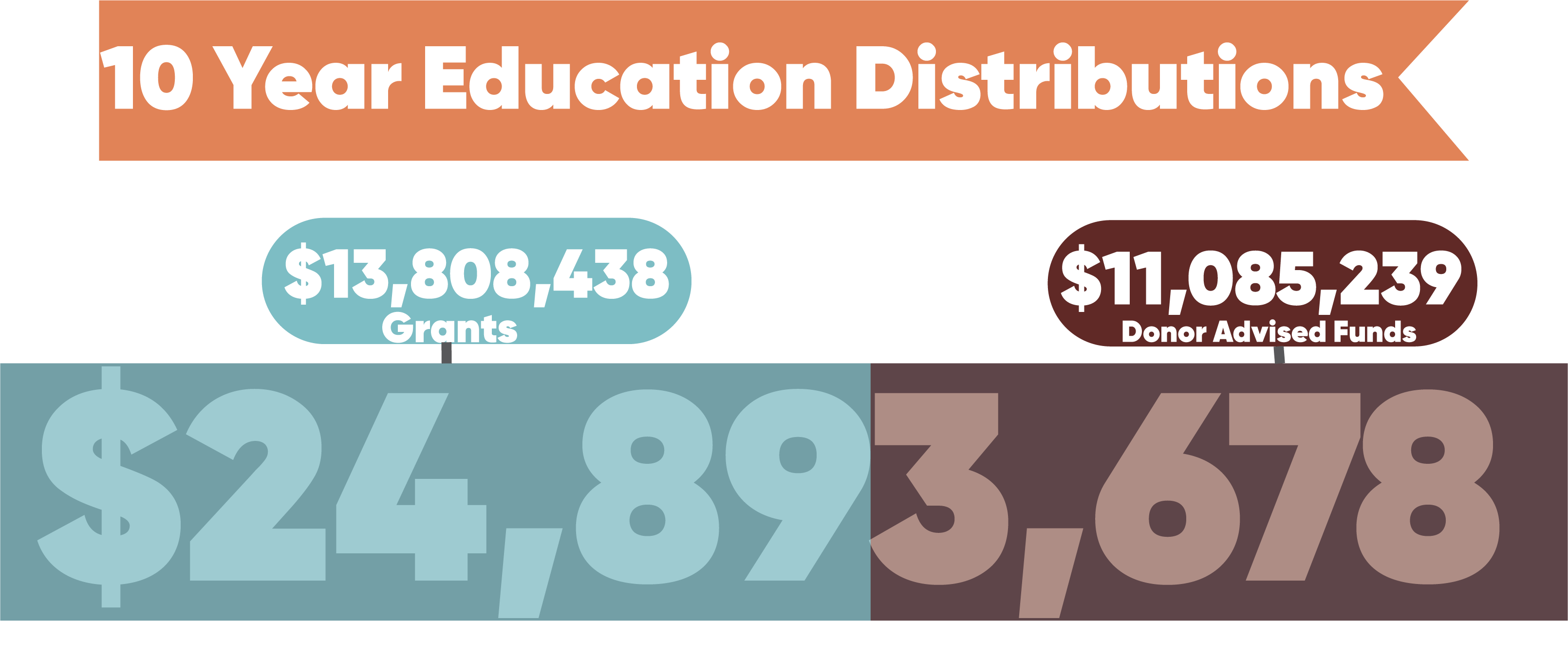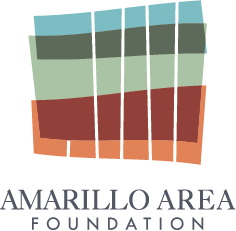In an effort to improve quality of life for current and future generations of Texas Panhandle residents, Amarillo Area Foundation is using a data-informed approach to address early childhood literacy using 2-generation solutions and college enrollment/workforce alignment. What are “two-generation solutions”? This means impacting the current generation to then affect the course of the immediate generation that follows.
Below is a summary of some of the data that assisted in identifying these needs and that will be used to inform what strategies we deploy in addressing them.
Total
Student Population
The Texas Panhandle is home to nearly 82,000 public schools, K-12 students. These students attend public schools in 61 different school districts across 26 counties, making the Texas Panhandle a diverse and vibrant place for education.
82
61
26
Population
By Race/Ethnicity
Like our school districts, the Texas Panhandle is home to a diverse student population. The majority of students in the area are considered students of color.
| Black | Asian | Hispanic | Two or More Races | White | |
|---|---|---|---|---|---|
| % of Student Population | 5.2% | 2.6% | 48.4% | 2.3% | 40.9% |
| # of Students | 2,170 | 4,263 | 39,631 | 1,899 | 33,535 |
Approximately 58% of students in the Texas Panhandle are considered economically disadvantaged.
3rd Grade
Literacy
AAF is committed to supporting education in the region and is focused on early literacy and ensuring more students are accessing and enrolling in higher education after high school. Quality learning environments – whether at home with caregivers or in classroom settings – significantly improve kindergarten readiness, 3rd-grade reading mastery, high school graduation rates, post-high school education/credentialing and workforce readiness. As a strategic focus for the Amarillo Area Foundation, we are committed to helping improve literacy rates in the region alongside nonprofits, partners, and school districts. As of the 2021-22 school year, 53% of third-grade students in the Texas Panhandle are reading on grade level. compared to the State of Texas’ rate of 50%. We see an opportunity to improve literacy in the region and support better education outcomes for students.
3rd-Grade Reading/ELA, Meets Grade Level
Region 16 vs. State of Texas
Join us in our work!
As our work continues to evolve and grow, we would love to keep you updated on our progress.
3rd Grade Literacy
By Race/Ethnicity
Literacy proficiency looks different across student populations in the Texas Panhandle. As the demographics of the region change, AAF is committed to investing in all students to ensure a strong future and workforce for the Texas Panhandle.
Immediate
College Enrollment
To ensure a robust economy and future workforce, its important to ensure more of our students are accessing the necessary education and training after high school to transition into jobs and careers that provide a living and family sustaining wage. To build on existing legacy programs at the Amarillo Area Foundation such as ACE, THRIVE, and our Scholarships program, we are invested in creating supports so that more Texas Panhandle students have the opportunity to enroll in higher education.
The greatest likelihood of a student enrolling in college is immediately after high school and the likelihood of a student enrolling in college diminishes each year after that. As an organization, we’re focused on increasing the area’s immediate college enrollment rate and ensuring Texas Panhandle high school seniors have the support necessary to access and enroll in post-secondary education.
Who are Opportunity Youth?Texas Panhandle 2019
Texas Panhandle 2020
Where We’re Investing

Scholarships
3 unique programs designed with the future of the Panhandle in mind.
| Year | ACE | Thrive | Traditional Scholarships | Total |
| 2019 | $ 765,768 | $ 341,488 | $ 1,014,152 | $ 2,121,408 |
| 2020 | $ 844,343 | $ 1,182,700 | $ 1,120,400 | $ 3,147,443 |
| 2021 | $ 922,827 | $ 1,250,080 | $ 1,079,300 | $ 3,252,207 |
| Grand Total | $ 8,521,058 |
Education Focused Grants
$1,235,945
Granted since 2019

What We’re Doing

Listen to our interview with Jim Whitton. Jim talks about being jolted by early childhood statistics which motivated him to act.
Strategy Leads
Leading our early childhood strategy.
Leading our higher education strategy.





